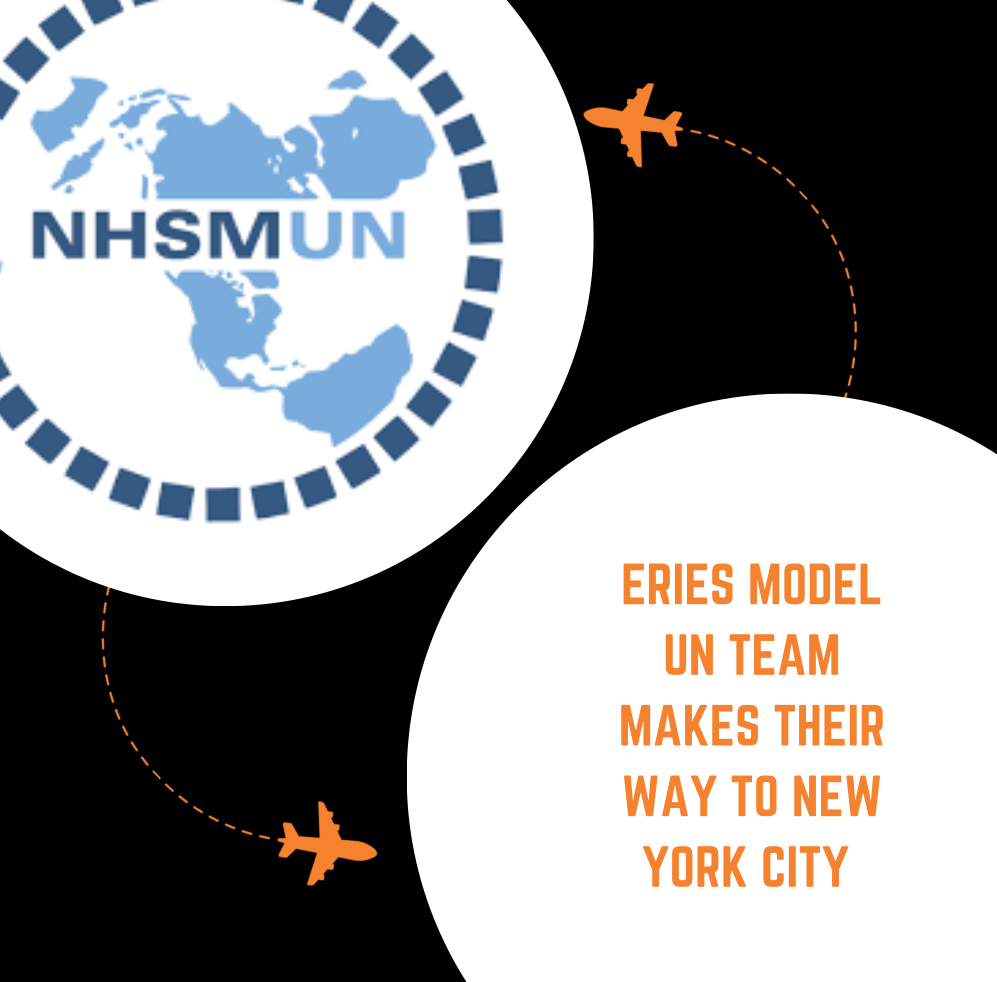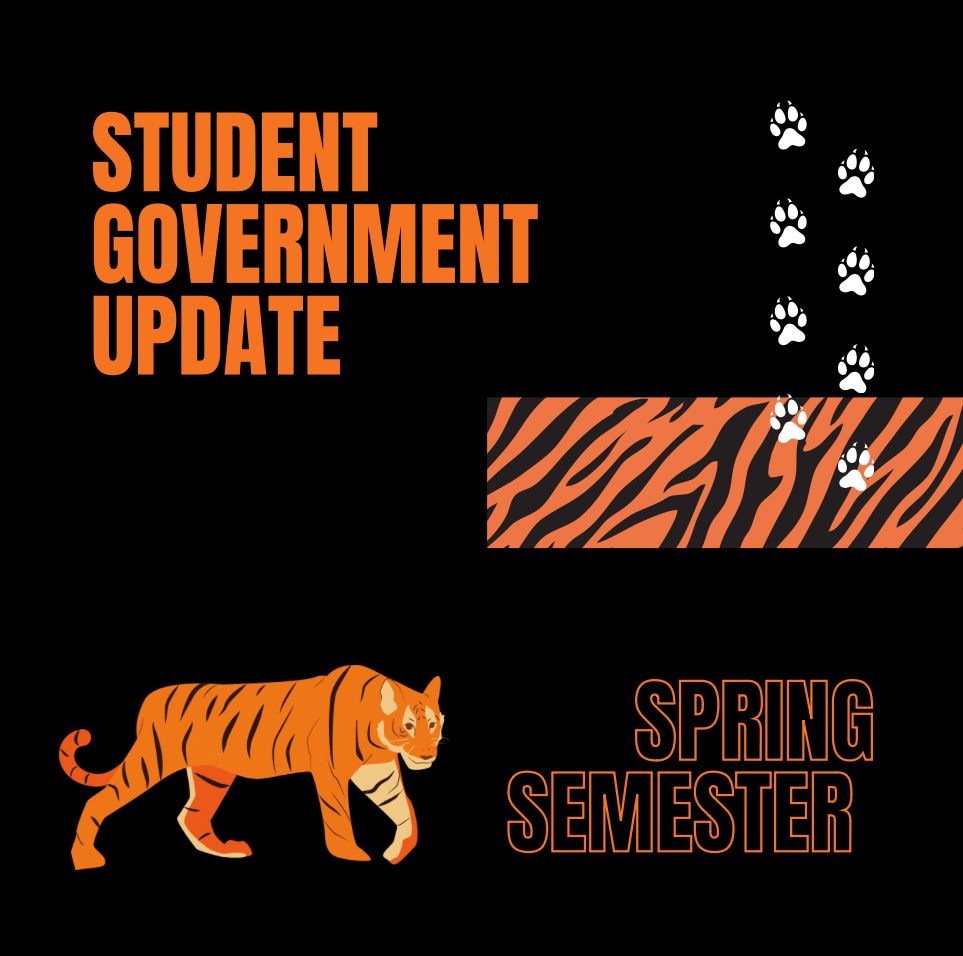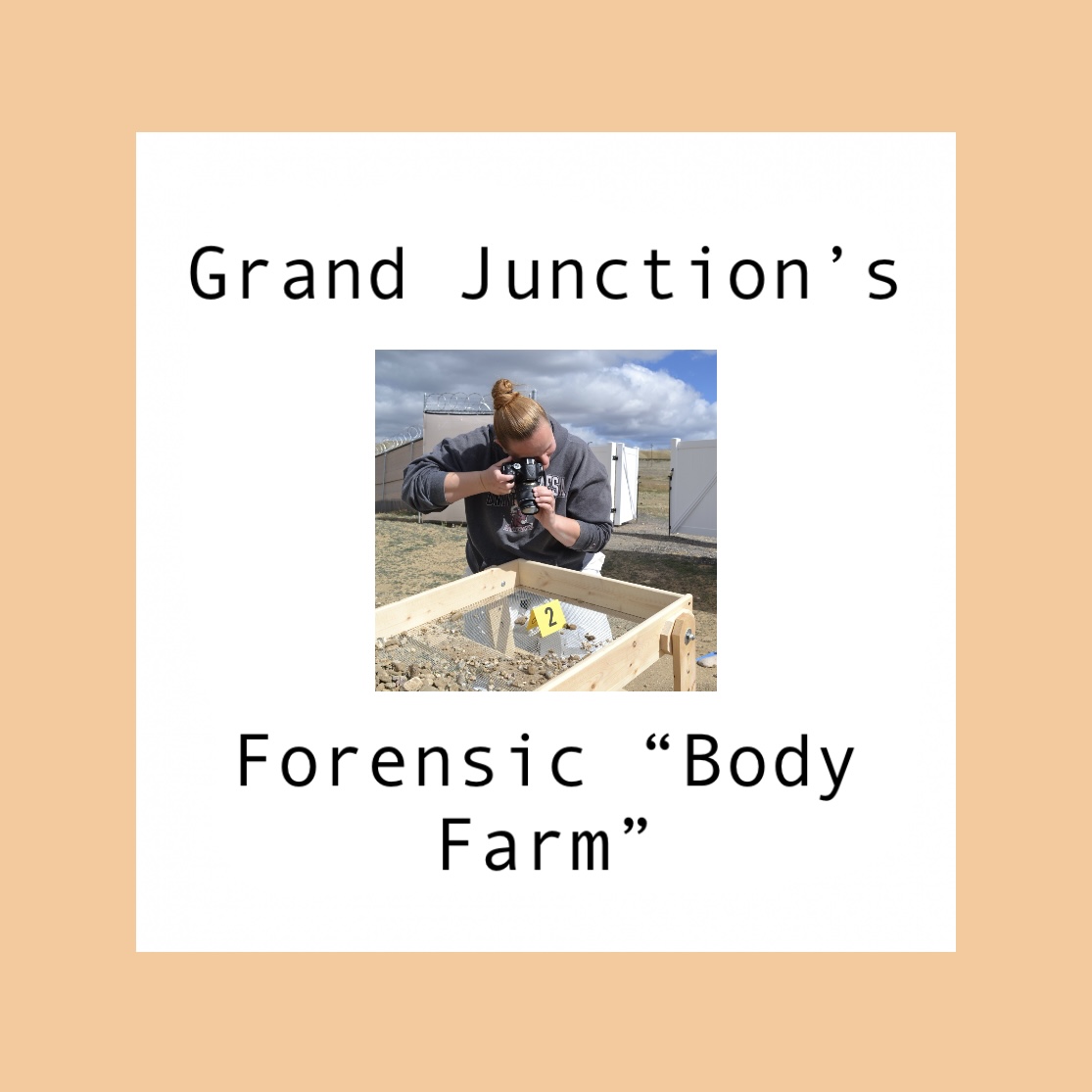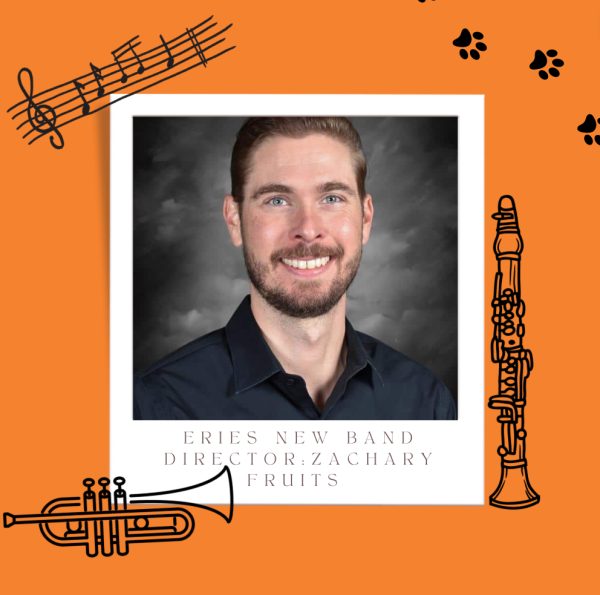The use of autonomous vehicles in urban plant health analysis
May 22, 2019
The issue of urban pollution is an ever-present problem, but fortunately, innovators have created means to mitigate urban pollution using small airborne vehicles commonly referred to as UAS (Unmanned Aerial System). The advancement of technology has made the construction of powerful urban survey aerial systems economical and easy. The idea of using a UAS to monitor plant health in areas of high pollution is a relatively new concept so I propose that the U.N. should allocate a portion of funding to be distributed as a grant to private companies that prioritize monitoring plant health in urban areas. The goal of monitoring plant health in urban areas is to diagnose which areas are suffering from high levels of pollution and to identify species of flora that have become resistant to pollution for further study their effect on mitigating the pollution.
The process of monitoring plant healthy is simply because the best way to measure plant health is by taking data on its color. A healthy plant will produce a National Differential Vegetation Index (NDVI) number of about 7, that number changes based on the general environmental conditions of an area. Infragram is an open source plant analysis program that has made the process of collecting plant health data economical. Utilizing technology created by Raspberry Pi Infragram has created kits that act as a handheld point and shoot camera that can collect images that produce NDVI numbers when processed. Simply reverse engineering the camera system engineers can create a UAS compatible version of Infragrams point and shoot camera for about forty five dollars.
The benefit of using a UAS for plant health m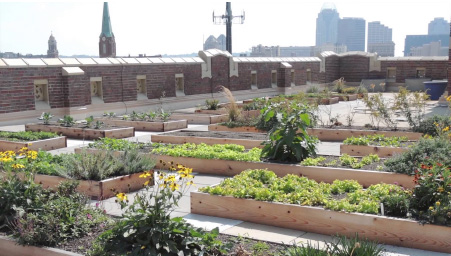 onitoring is the speed and efficiency compared to human monitoring. A UAS takes about 3 hours to completely survey a square mile, while a human can take up to 10 hours to do the same square mile using conventional monitoring solutions. A UAS is more reliable and more maneuverable in urban environments being able to avoid many of the common obstacles including cars and lamp posts. A UAS that I designed could reliably avoid urban obstacles within 6 meters given a margin of error of 0.5 meters. The average speed of a Urban survey UAS is approximately 45 kilometers per hour.
onitoring is the speed and efficiency compared to human monitoring. A UAS takes about 3 hours to completely survey a square mile, while a human can take up to 10 hours to do the same square mile using conventional monitoring solutions. A UAS is more reliable and more maneuverable in urban environments being able to avoid many of the common obstacles including cars and lamp posts. A UAS that I designed could reliably avoid urban obstacles within 6 meters given a margin of error of 0.5 meters. The average speed of a Urban survey UAS is approximately 45 kilometers per hour.
The applications of urban survey reach beyond plant health analysis, it can also be used to survey power lines or roads. The survey of power lines is an arduous and dangerous job that takes many days to complete. With assistance from a UAS the task becomes significantly shorter and much safer for all parties involved. The imaging of roads using UAS assistance is an invaluable tool for local governments.
The mitigation of urban pollution is incredibly important to the next generation. Pollution is a constant threat to our future. Pollution hurts future development projects by slowing down environmental impact studies that in-turn slow down development projects. Urban pollution also has a profane impact on the small amount of biodiversity that is present in urban environments. The power of the aerospace industry to help mitigate pollution is an immeasurable benefit to society. The idea of pollution mitigation is such an important challenge our society faces that it is used as a major political talking point in this current political cycle.
The partisan-ship bias prevents the advancing of urban surveying technologies. That is why the U.N. should provide a grant to private companies, as a means of obviating the bureaucracy of U.S. politics. The skills that these technologies present are vital to the continuation of our species.
We should not let partisanship get in the way of the advancement of aerial measurement technologies. The current stage of aerial measurement technologies is on the cusp of a fully autonomous data measurement from a remote location. The idea of a fully autonomous measurement platform is incredibly useful.
The UAS I constructed has a max airspeed of 45 kilometers per hour. It is set up in a boomed VTOL configuration. The specific configuration ensures that the UAS is the pinnacle of efficiency. The design cuts the average measuring time in half. Performing a square mile of urban biodiversity takes around 1.5 hours. It has the ability to hot switch into a hover mode from full fixed wing flying. The measuring time is reduced by using a cheap and lightweight data analysis system run on a raspberry pi. The camera itself was reverse engineered by an open source design that attempts to economically replicate NASA’s designs.
The design is all run on an autopilot program called pixhawk. The autopilot function is truly innovative due to the lack of fully autonomous plant analysis platform. This design is a very efficient platform for monitoring of all kinds, whether it be for civil, or environmental purposes.
The point of this paper is to convince readers to support my claim of having the U.N. global council support a grant to support mobile monitoring platforms. I believe I have laid out a convincing argument that the preservation of urban biodiversity is a problem that world should have its’ eyes set on in the future.

